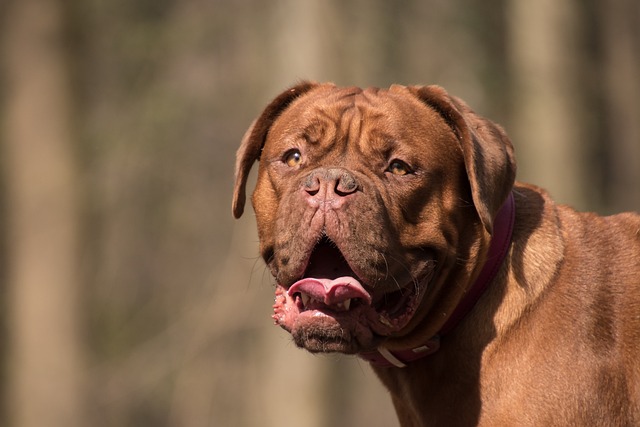
What is the best thing for dogs to chew on to clean teeth
If you’ve ever wrestled with a squirming pup to brush their teeth—only to end up with slobber on your shirt and a toothbrush chewed to bits
Watching your dog pant heavily on a hot day, or noticing their nose is dry and their eyes look sunken, can send a wave of panic through any new pet owner. Dehydration in dogs happens faster than you might think—especially in breeds with thick coats like Huskies or active pups who love chasing balls. Knowing how to quickly and safely get fluids into them can make all the difference, whether it’s after a long hike or during a heatwave.
Dogs lose water through panting, peeing, and even breathing, so their bodies need a steady supply to function. When they’re dehydrated, their blood thickens, making it harder for their heart to pump and their organs to work. Signs to watch for include sticky gums (instead of wet and slippery), lethargy, or a skin tent—gently pinch the skin on their back, and if it doesn’t snap back right away, they’re likely dehydrated. Puppies and senior dogs are most at risk, as their bodies can’t regulate fluids as well.
Start with small, frequent sips. Offering a bowl of cool (not cold) water might work, but a dehydrated dog might not drink much at first. Try a syringe or dropper (without the needle) to squirt small amounts of water into their cheek pouch—aim for 1-2 teaspoons every few minutes. For something more enticing, mix a little low-sodium chicken broth (no onions or garlic) with water—most dogs can’t resist the smell. You can also freeze broth into ice cubes and let them lick them slowly, which hydrates while cooling them down. If they’re willing to eat, add a splash of water to their wet food to turn it into a soupy consistency—this sneaks in extra fluids without them noticing.
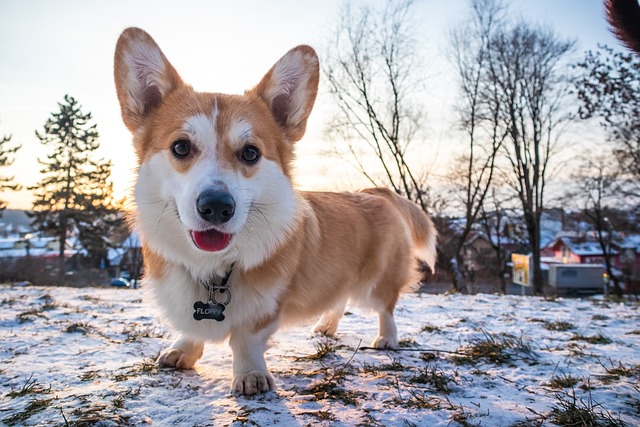
In the US, keeping your dog hydrated ties into broader pet care laws. Even when dealing with dehydration, ensure their rabies vaccine is up to date—all states require it, and a sick dog is more vulnerable to illness. When you’re out and about, always bring water for your dog, especially on walks. Many public parks have dog water fountains, but it’s smart to carry a portable bowl too. And don’t forget poop bags—dehydration can affect their digestion, and leaving waste behind is illegal in most areas (fines up to $250 in cities like Houston).
Never force water down their throat—this can cause them to choke or inhale fluid into their lungs, which is dangerous. If they resist, take a break and try again later. Scolding them for not drinking will only stress them, which increases fluid loss through panting. Instead, stay calm and offer encouragement with a soft “good girl” when they take a sip. This kind approach fits with how most American pet owners care for their dogs, prioritizing comfort over pressure.
Apartment living means being extra vigilant during hot weather. Keep water bowls in multiple rooms, so your dog doesn’t have to go far. If you use air conditioning, make sure it’s not drying out the air too much—add a humidifier if needed. When walking in your building, stick to early mornings or evenings when it’s cooler, and always carry water. Avoid busy elevators during peak times, as the heat from crowds can make dehydration worse.
Hydrating a dog fast is about patience and gentle persistence. With the right methods, you can help them bounce back quickly, ensuring they’re ready for their next adventure—whether that’s a nap on the couch or a game of fetch in the yard.

If you’ve ever wrestled with a squirming pup to brush their teeth—only to end up with slobber on your shirt and a toothbrush chewed to bits
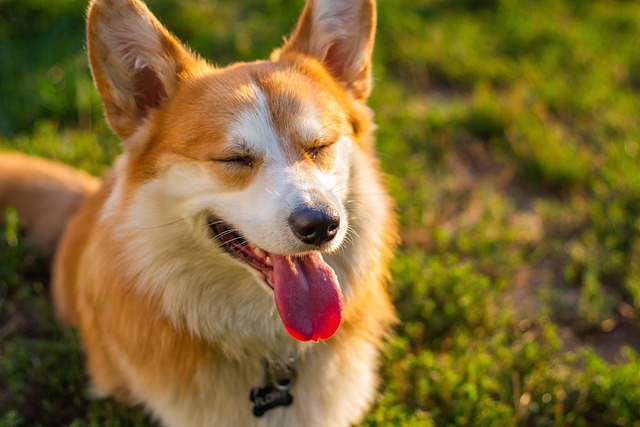
That faint whiff of fishy breath when your Golden Retriever greets you isn't just "dog smell" – it's likely the first clue to canine periodontal disease
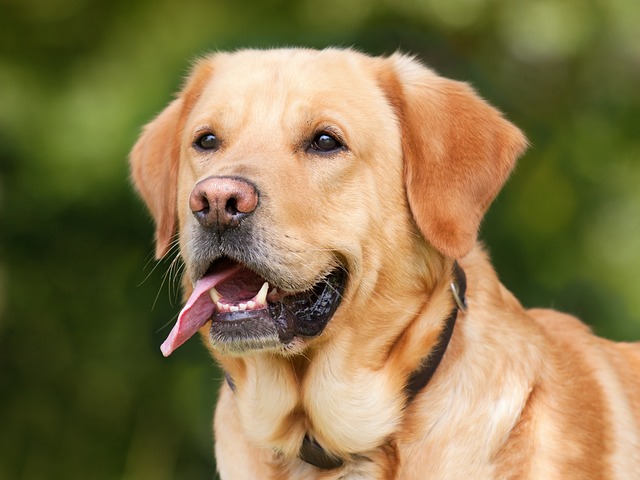
Ever felt that sinking worry when your energetic Labrador suddenly loses its appetite or starts a persistent belly rumble?Regular deworming isn't just a checkbox on a pet care list—it's a vital shield protecting your furry best friend from hidden health t
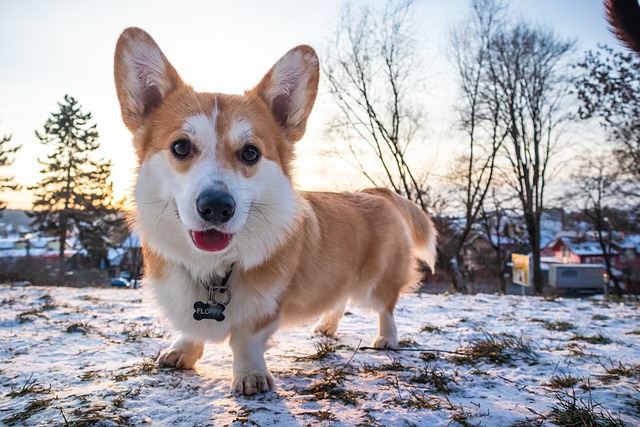
Watching your dog pant heavily on a hot day, or noticing their nose is dry and their eyes look sunken, can send a wave of panic through any new pet owner.

Cooking homemade meals for your dog feels like an act of love—chopping fresh veggies, simmering lean meat, knowing exactly what’s in their bowl.
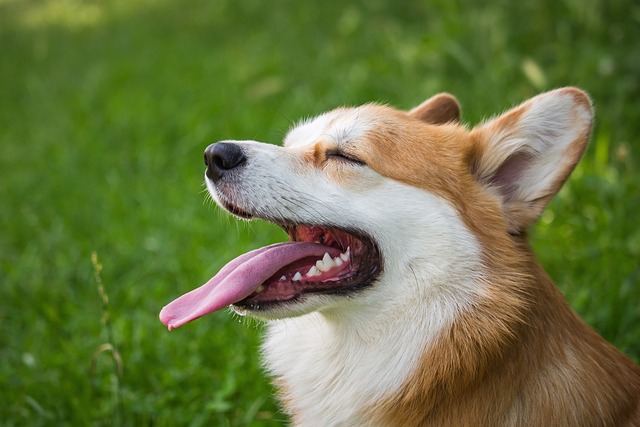
Picture this: You're scrambling to get ready for work, your golden retriever nudges your hand, and your daily multivitamin tumbles onto the kitchen floor.